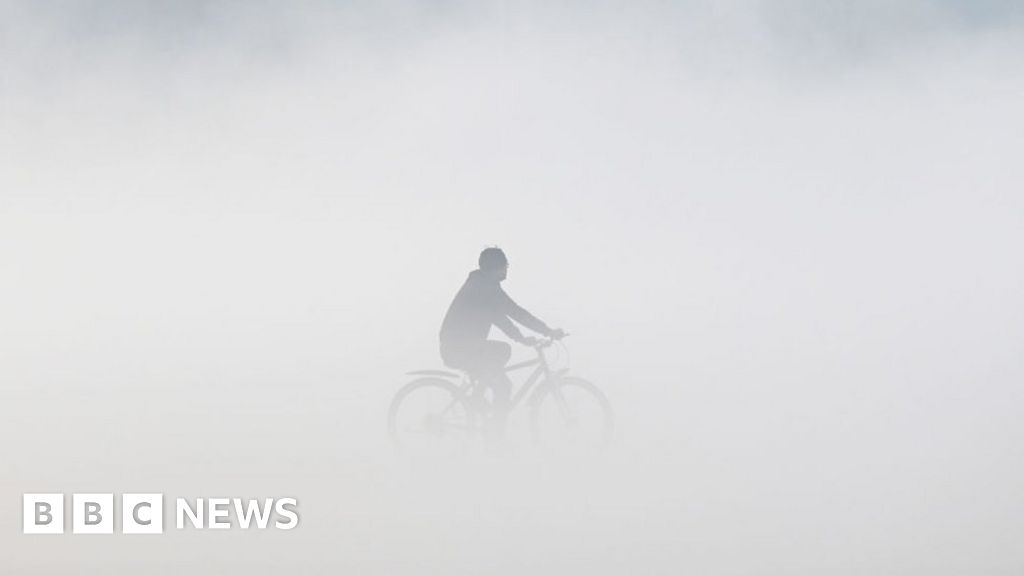The World Air Quality Report 2023 released by Swiss organization IQAir, shows the global air pollution crisis. With data spanning 7,812 cities across 134 countries, territories, and regions, the report presents an analysis of PM2.5 air quality levels.

Also Read: Iceland in State of Emergency, Fourth Eruption in Three Months
Asia, with a 83 out of the 100 most polluted cities located in the continent. India in particular bears the brunt of this crisis, with 83 of its cities surpassing the World Health Organization’s air quality guidelines by more than 10 times.
India’s struggle with air pollution is illustrated by its ranking as the world’s third most polluted country in 2023.
With an average annual PM2.5 concentration of 54.4 micrograms per cubic meter, India faces challenges in safeguarding the health of its citizens.
Delhi, the nation’s capital retains its title as the world’s most polluted capital city for the fourth consecutive year.
The repercussions of air pollution are grave, with millions of lives at risk due to exposure to toxic air. According to the report, air pollution-related health issues contribute to over 8 million deaths annually.
The intersection of climate change and air pollution presents a complex challenge with both phenomena exacerbating each other’s impacts.
The report shows how climate change influences air quality by altering weather patterns, leading to the accumulation of pollutants and exacerbating pollution-related health risks.
The rise in extreme weather events and pollen seasons further compounds the challenges posed by air pollution.
While the report provides insights into global air quality trends, it also exposes disparities in air quality monitoring infrastructure, particularly in regions such as Africa, South America, and the Middle East.
The lack of monitoring stations in these areas underlines the need for increased investment in monitoring technology and data collection to ensure coverage and accurate assessment of air pollution levels.
Also Read: New Zealand: Scientists Discovered 100 New Marine Species
Asia stands at the forefront of the battle against hazardous air quality. India, in particular, emerges as a hotspot, with a 83 cities struggling with air pollution levels surpassing WHO guidelines by margins.
Delhi’s ignominious distinction as the world’s most polluted capital for the fourth consecutive year underlines the crisis.
PM2.5 levels soaring to heights pose a threat to public health, respiratory ailments and cardiovascular diseases among millions of citizens.
The report shows that South Asia’s battle against air pollution, with Bangladesh, Pakistan, and India collectively ranking among the world’s top three most polluted countries.
From respiratory illnesses to cardiovascular diseases, the deleterious health effects of exposure to hazardous air quality levels cast a long shadow over communities worldwide.
The report shows its symbiotic relationship with air pollution. Changing weather patterns, intensified wildfires, and prolonged pollen seasons serve as harbingers of worsening air quality, amplifying health risks and environmental degradation.
The report unveils disparities in air quality monitoring infrastructure, particularly in regions like Africa, South America, and the Middle East.
The dearth of data impedes efforts to formulate evidence-based policies and underlines the urgent need for investment in monitoring infrastructure to bridge existing gaps.
Also Read: World’s Oldest Fossilized Forest Dating Back 390 Million Years Discovered in UK






















